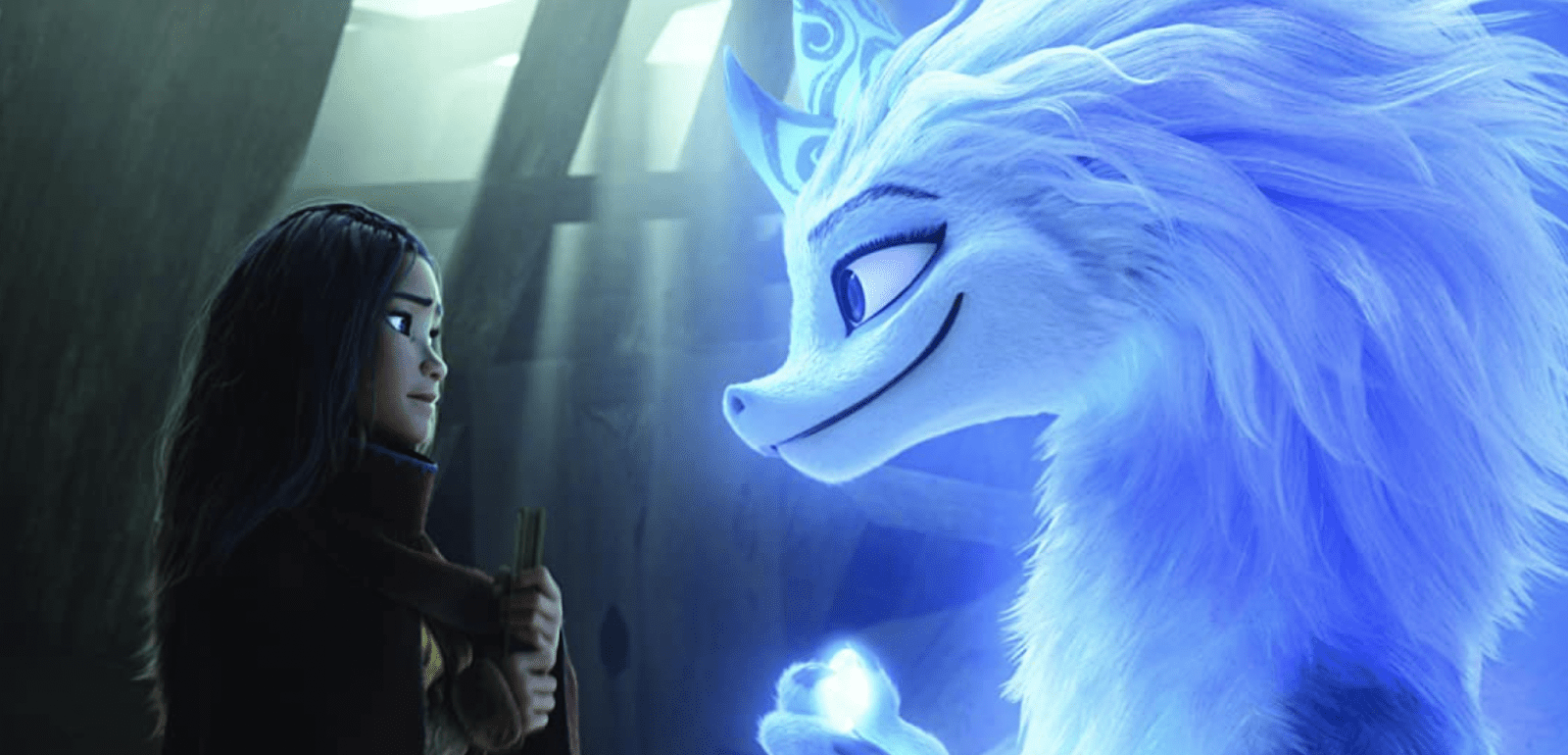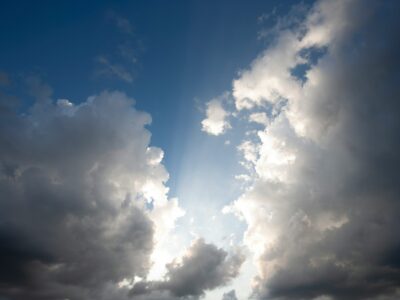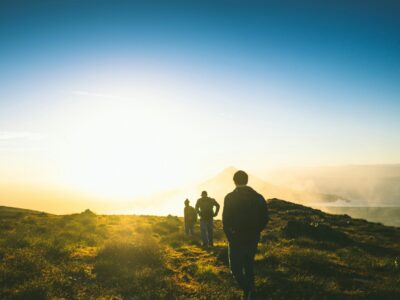I don’t know if you’ve noticed but it seems like there’s been a little bit of division between people groups as of late. People have disagreed about how to run things around these parts pretty much ever since the earliest cave dwellers argued about whether to use black paint or red to decorate their caves. In other words, we’ve been in a power struggle for survival since the dawn of civilization.
There was a time when creation was whole and people lived in harmony with God and with nature, back in the Garden of Eden. Then evil entered the world, and the whole civilization shattered into its million different factions. A man came about 2,000 years ago to bring light, and darkness could not overcome it. Through his life and sacrifice, he conquered sin and death. Then he left, reassuring his people that someday he would return, restore peace, and bring a new heaven and a new earth. In the meantime, they should do whatever they could to live at peace with one another.
It’s been 2,000 years. We’re still working on it. If Jesus came all those years ago to give us an abundant life in opposition to the thief’s attempts to kill, steal, and destroy, why are we still facing the darkness? What is keeping us from living in peace and harmony?
The answer, believe it or not, is in Raya and the Last Dragon.
Raya and the Last Dragon: What to Expect
Raya & The Last Dragon (2021) © Disney. Image Courtesy of IMDb.
Recently available to all Disney+ subscribers, Raya and the Last Dragon is a story of faith. What is faith? Faith is trusting in goodness and light. Faith is believing someone will come through for us. Faith is what unites people who might otherwise see each other as threats.
Much like humanity 2,000 years ago when Jesus walked the earth, the land of Kumandra in Raya and the Last Dragon had the opportunity to be united under the great sacrifice of the last dragon, Sisu. Instead, the various factions of Kumandra split and divided, spending the next 500 years fighting each other for the power and protection of the last dragon, which was stored in a magical gem. The gem kept the people safe from the Druun, a dark force that devoured people, turning them into stone.
The five tribes—named after parts of the body of the dragon: Tail, Talon, Spine, Fang, and Heart—became enemies during the 500 years after Sisu, fighting over the powerful gem. “We were once unified, harmoniously as one: Kumandra,” Kaya’s father tells her. “If we don’t stop and learn to trust one another again, it’s only a matter of time before we tear each other apart. This isn’t the world I want you to live in. I believe we can be Kumandra again. But someone has to take the first step.”
Finding the Love: Faithifying Your Viewing
Nothing says the gospel of Jesus Christ like dragon magic, right? Right!
The great British theologian and writer of the 20th century, C.S. Lewis, understood the value of fairy tales. “Some day, you will be old enough to start reading fairy tales again,” he wrote in his own fairy tale, The Chronicles of Narnia.
There are so many beautiful, small moments in the story of Raya that parallel similar beautiful moments in the greatest story ever told. In Raya and the Last Dragon, Sisu is a water dragon. Water is the source of life and protection from the Druun, just like Jesus calls himself Living Water and baptizes people in the Spirit. Sisu considers herself to be the most unlikely savior of the world, just like Jesus wasn’t the kind of Messiah anyone expected.
But the chief of Heart gave away the central message of the movie: trust one another. Unity in the body of Kumandra can only come through trust. Kaya’s father tells her, “I believe that we can be Kumandra again.” We can be one body again.
There’s a lot we have to do as a globe to bridge the divide between nation and nation, people group and people group. It’s hard to imagine a peaceable kingdom on earth when we can’t even form peaceable kingdoms among fellow believers. There are around 2 billion people in the world who proclaim Jesus Christ as Lord, but they are split up into more than 45,000 denominations globally. Infighting happens in families. Disagreements split churches and denominations. We argue and fight and force one another to pick sides as we struggle to define who to love, what to believe, and how to worship.
Just like each of the tribes is part of the body of the dragon, so, too, are the people of God. The churches of believers everywhere are part of the body of Christ, called to “be completely humble and gentle; be patient, bearing with one another in love. Make every effort to keep the unity of the Spirit through the bond of peace. There is one body and one Spirit, just as you were called to one hope when you were called; one Lord, one faith, one baptism; one God and Father of all, who is over all and through all and in all” (Ephesians 4:2-6 NIV).
There is one body, one God and Father of all. One dragon. The dragon’s body has its separate parts with its separate gifts, not to be divided against itself but to build each other up in harmony. “So Christ himself gave the apostles, the prophets, the evangelists, the pastors and teachers, to equip his people for works of service, so that the body of Christ may be built up until we all reach unity in the faith and in the knowledge of the Son of God and become mature, attaining to the whole measure of the fullness of Christ” (Ephesians 4:11-13 NIV).
Kumandra has a lot to learn about trust, about taking that first step forward and crossing the dividing lines, to make soup for their enemies instead of making enemies. It’s taken them over 500 years to find the truth about trusting each other. It’s taking us even longer. But if we as the people of Christ turn to him and follow his teachings, “Then we will no longer be infants, tossed back and forth by the waves, and blown here and there by every wind of teaching and by the cunning and craftiness of people in their deceitful scheming. Instead, speaking the truth in love, we will grow to become in every respect the mature body of him who is the head, that is, Christ. From him the whole body, joined and held together by every supporting ligament, grows and builds itself up in love, as each part does its work” (Ephesians 4:14-16 NIV).
Raya and the Last Dragon is a beautiful illustration of the mature body growing and coming together in love, each part doing its work. May we strive to be mature in Christ, loving God and others, extending trust and warmth in place of suspicions and contempt.





 Copyright
2024
Root and Vine
Copyright
2024
Root and Vine